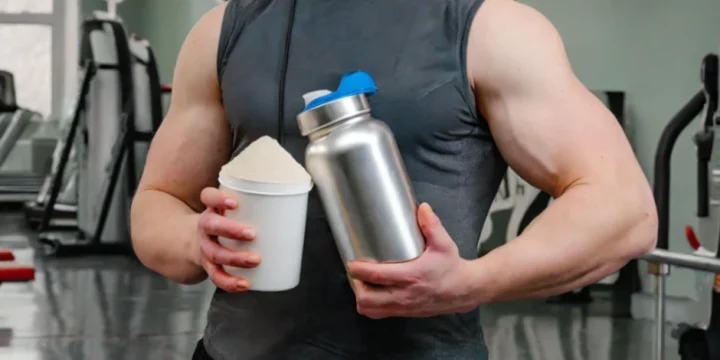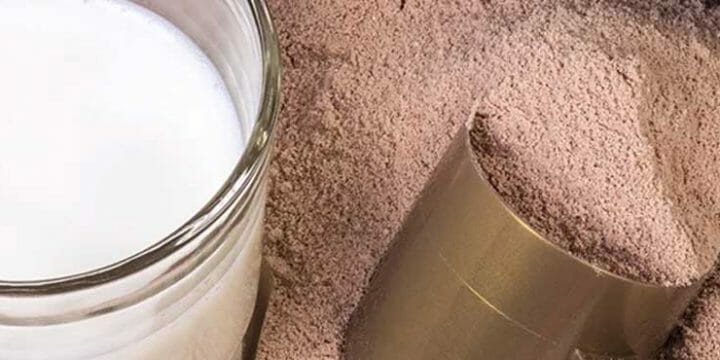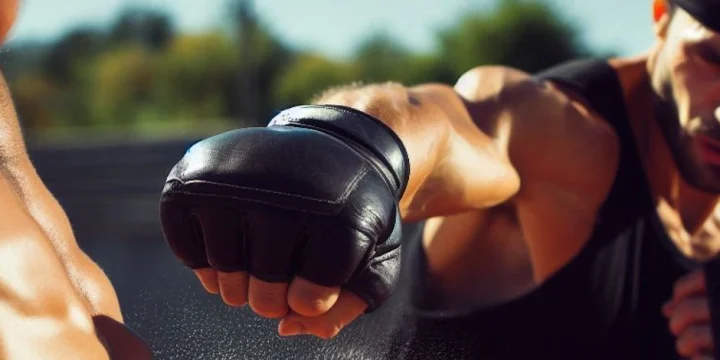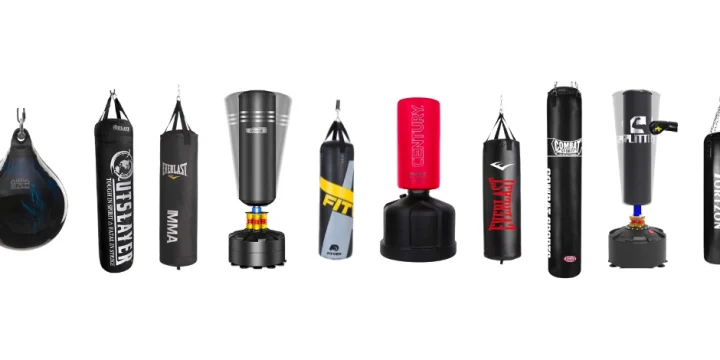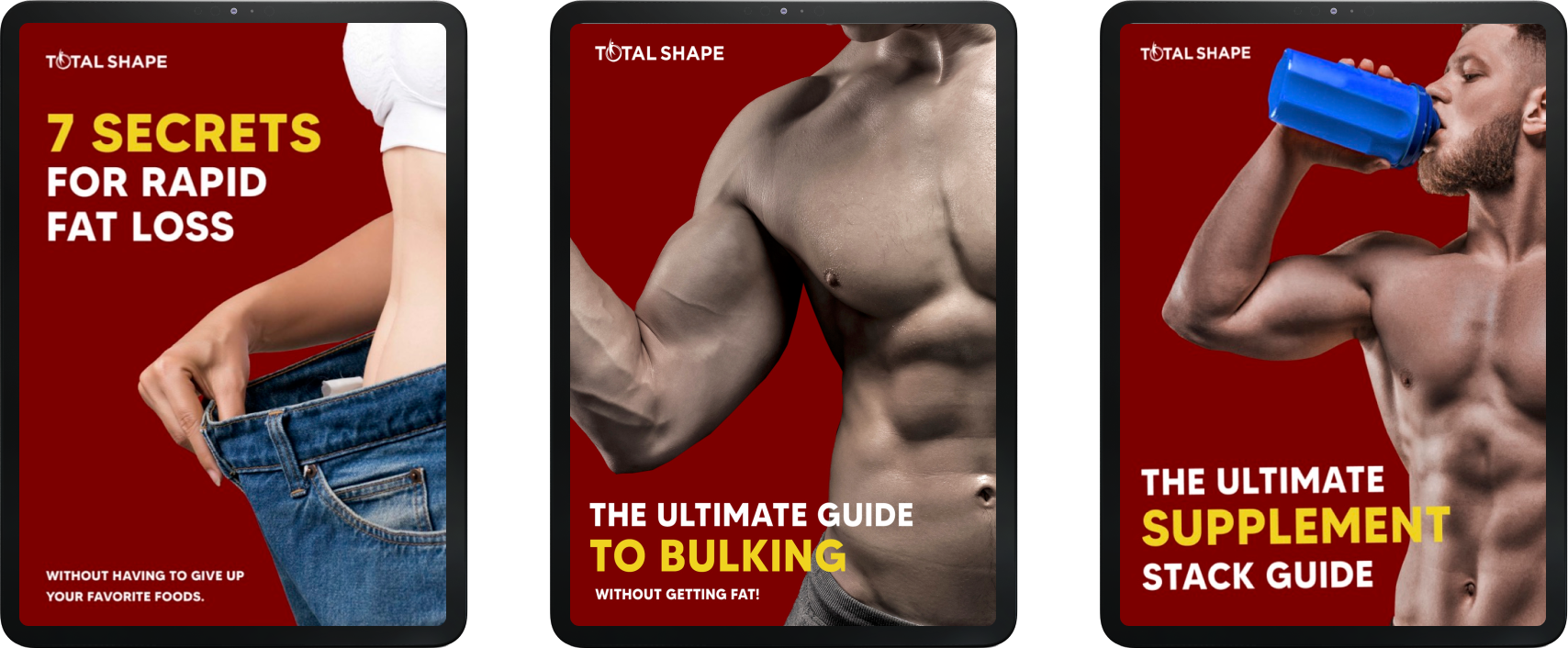As a pro MMA fighter, I've seen firsthand how the right (or wrong) punching bag filling makes a world of difference.
It's not just about the material – it's about how you use it. Mess it up, and you're looking at a busted bag.
Through my years of training and experience, I've put together this guide on the do's and don'ts of punching bag filling.
Let's dive in and find out what works best.
Quick Summary
What Do You Fill a Punching Bag With?
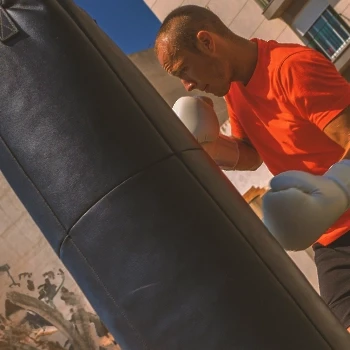
Start by selecting a punching bag filling that aligns with your fitness level and training experience.
Firstly, classify yourself by the stage of training experience you have.
In my professional experience, beginners should start with lighter bags for easy swinging, while seasoned fighters like myself usually opt for harder bags for increased resistance.
The life of your punching bag really hinges on what you fill it with - old clothes, sawdust, and sand are common picks.
Sand provides weight but settles, needing replacement, while foam or fabric offers longer shape retention with less resistance.
Filling at home offers flexibility to adjust even distribution, density, and resistance for a personalized and safe training experience.
What Is the Difference Between a Boxing and a Heavy Bag?
Boxing and heavy bags differ in terms of resistance and the type of material with which they can be filled.
Each one of them is aimed at different skill levels, and having a good knowledge of each of them helps you make the right choice.
Boxing Bag

Boxing bags vary from 70 to 150 pounds and are usually hung from ceilings to withstand high impact and allow for ease of movement.
From my bouts in the ring, I've learned that boxing bags should be on the lighter side to really get them moving, which is great for cardio and reflex training.
Stuff them with clothes, rugs, or towels.
But if you're gunning for heft, like I often do, go for cotton batting, sand, or metal bits.
How to fill a boxing bag:
- Compact each layer with a broom or bat for a uniform surface.
- Use a cardboard or PVC tube for stability, filled with sand or sawdust.
- For a lighter bag, fill it with clothes or rags; remove buttons, zippers, or metal.
- For a heavier bag, add sand or sawdust directly into a duct-taped plastic container, place it in the middle, and surround it with clothes.
- Continue filling until full, then zip up.
Heavy Bag

Heavy bags are often made of cloth and can weigh anywhere from 80 to 200 pounds.
In my career as an MMA fighter, I've realized there's no one-size-fits-all heavy bag.
It's all about your weight, punch strength, and skill level. Yeah, they hurt more, but hey, the tougher the bag, the tougher you get—something I've experienced firsthand.
“Do not pray for an easy life, pray for the strength to endure a difficult one.”
- Bruce Lee, Martial Arts Legend
How to fill a heavy bag:
- Hang the bag before filling to manage weight.
- Use materials like rubber, mulch, sawdust, or sand, placed in a sturdy sack.
- Layer and compact the filling evenly.
- For Muay Thai or MMA, use medium-sized rubber mulch or sawdust particles for resistance.
- If using sand or liquids, seal the sack top with duct tape.
What Types of Punching Bags Exist?
Besides the traditional cylindrical-shaped punching bag, there’s also a variety of other training bags out there.
Here, we'll explore various punching bag types, distinguished by size, discipline focus (like MMA, martial arts, and boxing), and materials (including vinyl, plastic, and nylon).
Freestanding Heavy Bag

- You don't have to hang them.
- Filled with sand or water.
- Mostly found in homes.
Standard Heavy Bag

- Best for western boxing, kickboxing or Muay Thai.
- Consistent in shape all around.
- Without much movements after hitting.
How to Make Your Own Punching Bag?
For a budget-friendly option, repurpose an old duffel bag with clothing, sheets, or similar materials.
Inspect the bag for holes, and make sure to seal the bottom and top to avoid leaks of material.
The second method for making a punching bag yourself starts with buying an empty punching bag and then completing it yourself with filling material.
There are different brands for you to choose from, such as Everlast, FITVEN, Ringside, etc.
From there, pack them according to our instructions and start punching that bag, as besides improving technique, it brings numerous benefits, according to the Cleveland Clinic [1].
FAQs
What Is the Best Material to Fill a Punching Bag With?
The best material to fill a punching bag with are clothes, sand, or foam, depending on the resistance you are after.
What Is Everlast Punching Bag Filled With?
The Everlast punching bag is pre-filled with synthetic and natural fibers and sand.
Most boxers prefer Everlast punching bags because they come pre-filled or not filled at all.
References:
- https://health.clevelandclinic.org/benefits-of-boxing/
About The Author
You May Also Like
